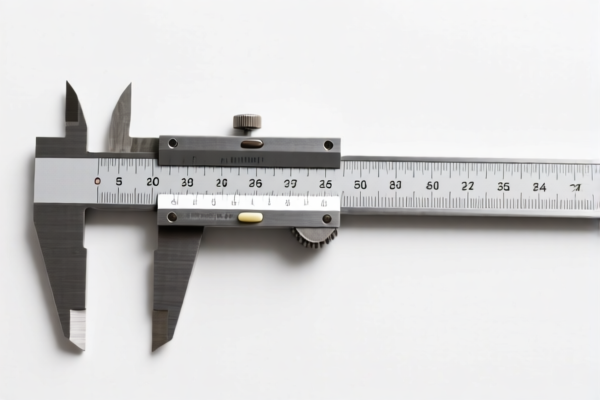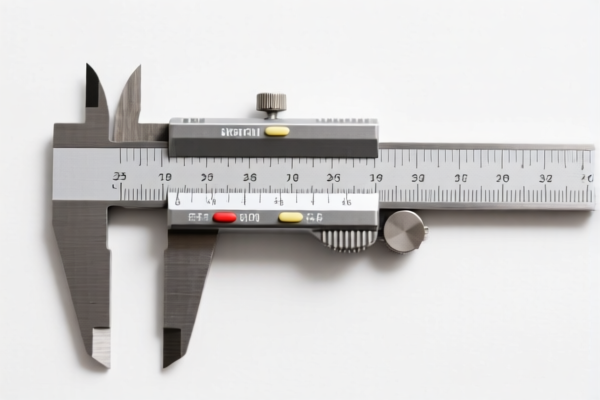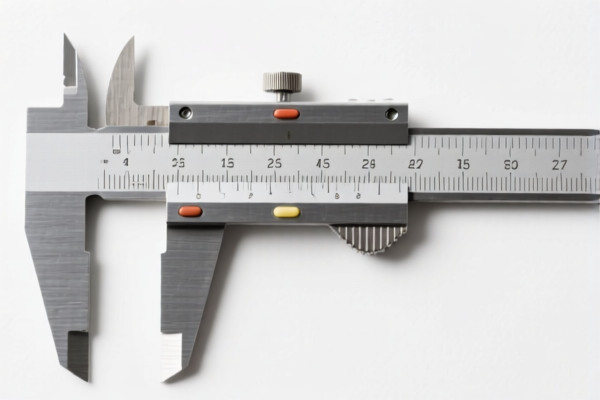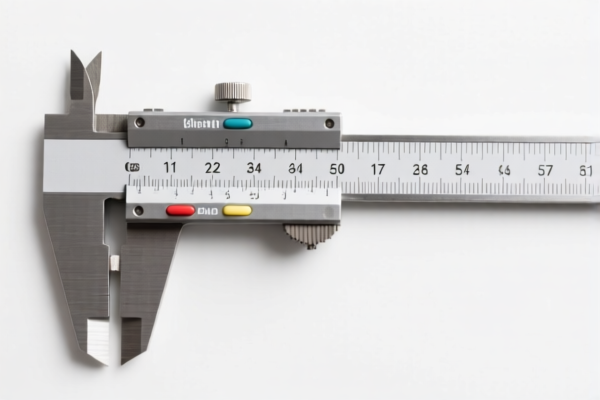| HS Code | Official Doc | Tariff Rate | Origin | Destination | Effective Date |
|---|---|---|---|---|---|
| 9029104000 | Doc | 60.3% | CN | US | 2025-05-12 |
| 9029104000 | Doc | 60.3% | CN | US | 2025-05-12 |
| 9026802000 | Doc | 55.0% | CN | US | 2025-05-12 |
| 9026804000 | Doc | 55.0% | CN | US | 2025-05-12 |
| 8512909000 | Doc | 57.5% | CN | US | 2025-05-12 |
| 8512902000 | Doc | 57.5% | CN | US | 2025-05-12 |
| 8543709860 | Doc | 57.6% | CN | US | 2025-05-12 |
| 8543906500 | Doc | 55.0% | CN | US | 2025-05-12 |




Automobile Instrument
Automobile instruments are devices used to monitor and display the operating condition of a vehicle, providing information to the driver for safe and efficient operation. They have evolved significantly from simple mechanical gauges to sophisticated digital displays integrated with the vehicle's computer systems.
Materials:
- Early Instruments: Typically employed brass, steel, and glass. Dials were often made of painted metal, and housings were constructed from stamped steel.
- Modern Instruments: Utilize plastics (ABS, polycarbonate), aluminum, and LCD/LED screens. Sensors are commonly made from semiconductors, resistive elements, and Hall effect sensors. Circuit boards employ fiberglass and various electronic components.
- Sensor Components: Vary depending on the measured parameter, including thermocouples (temperature), strain gauges (pressure), and magnetic pickups (speed).
Purpose:
The primary purpose of automobile instruments is to provide the driver with real-time data about the vehicle's performance and condition, enabling them to:
- Monitor Vehicle Health: Detect potential mechanical issues before they become major problems.
- Ensure Safe Operation: Provide crucial information like speed, engine temperature, and fuel level for safe driving.
- Optimize Performance: Allow the driver to understand and manage the vehicle's operation for efficiency and longevity.
- Comply with Regulations: Display information required by law, such as speed and emissions data.
Function:
Automobile instruments function by:
- Sensing: Sensors measure various parameters of the vehicle’s operation (e.g., speed, temperature, pressure, fluid levels).
- Signal Processing: The sensor outputs an electrical signal proportional to the measured parameter. This signal is often processed by a vehicle's control unit (ECU) to improve accuracy and reliability.
- Display: The processed signal is sent to a display unit, which converts it into a human-readable format (e.g., needle on a gauge, digital number, warning light).
Usage Scenarios:
- Normal Driving: Continuous monitoring of speed, engine temperature, fuel level, and other key parameters.
- Troubleshooting: Identifying potential mechanical problems by observing instrument readings.
- Performance Monitoring: Tracking engine performance metrics (e.g., RPM, boost pressure) for tuning and optimization.
- Emergency Situations: Alerting the driver to critical conditions (e.g., low oil pressure, overheating).
Common Types:
- Speedometer: Measures the vehicle's speed, typically using a mechanical linkage to the transmission or electronic signals from wheel speed sensors.
- Tachometer: Displays the engine's rotational speed (RPM).
- Fuel Gauge: Indicates the amount of fuel remaining in the tank.
- Temperature Gauge: Monitors the engine coolant temperature.
- Oil Pressure Gauge: Displays the engine oil pressure.
- Voltmeter/Ammeter: Indicates the vehicle's electrical system voltage and current.
- Odometer/Trip Meter: Records the total distance traveled by the vehicle and the distance traveled on a specific trip.
- Warning Lights: Alert the driver to various system malfunctions (e.g., check engine, ABS, airbag).
- Multi-Information Display (MID): A digital display that can show a variety of information, including fuel economy, trip data, and vehicle settings.
- Head-Up Display (HUD): Projects information onto the windshield, allowing the driver to view it without taking their eyes off the road.
- Boost Gauge: Measures the intake manifold pressure in turbocharged engines.
- Exhaust Gas Temperature (EGT) Gauge: Monitors the temperature of exhaust gases, often used in performance applications.
Automobile instruments encompass a range of devices used for measuring and displaying vehicle operational data. These can include revolution counters, taximeters, speedometers, and other related components.
The following HS codes are relevant based on the provided information:
- 9029104000: This code covers revolution counters, production counters, taximeters, odometers, pedometers and the like; speedometers and tachometers, other than those of heading 9014 or 9015; stroboscopes; parts and accessories thereof, specifically taximeters. The basic tariff is 5.3%, with an additional 25.0% surcharge, increasing to 30% after April 2, 2025, resulting in a total tariff of 60.3%.
- 8512902000: This code pertains to parts of signaling equipment used for cycles or motor vehicles. The basic tariff is 2.5%, with an additional 25.0% surcharge, increasing to 30% after April 2, 2025, resulting in a total tariff of 57.5%.
- 8512909000: This code covers other parts of electrical lighting or signaling equipment used for cycles or motor vehicles. The basic tariff is 2.5%, with an additional 25.0% surcharge, increasing to 30% after April 2, 2025, resulting in a total tariff of 57.5%.
- 8543709860: This code relates to other machines and apparatus, specifically other, within the category of electrical machines and apparatus having individual functions not specified elsewhere. The basic tariff is 2.6%, with an additional 25.0% surcharge, increasing to 30% after April 2, 2025, resulting in a total tariff of 57.6%.
Customer Reviews
No reviews yet.